
The word “sauce” is a French word that means a relish to make our food more appetizing. Sauces are liquid or semi-liquid foods devised to make other foods look, smell, and taste better, and hence be more easily digested and more beneficial. Because of the lack of refrigeration in the early days of cooking, meat, poultry, fish, and seafood didn’t last long. Sauces and gravies were used to mask the flavor of tainted foods.
In addition sauces as we know them today, have involved to thousands of varieties and flavors sold ready in megastore shelves. And what one day was the essential food item now is more like a condiment. Not only that, but if you look at sauce packet you will see a few know ingredients and many unknown. I don ‘t imply that are bad for you, they are FDA approved. And it is ok to use pre-made sauce for your convenience, but why not be home made as well.
That was the motivation for me to start a series on the five mother sauces. These are the five most basic sauces that every cook should master. Antonin Careme, founding father of French “grande cuisine,” came up with the methodology in the early 1800’s by which hundreds of sauces would be categorized under five Mother Sauces, and there are infinite possibilities for variations, since the sauces are all based on a few basic formulas. Sauces are one of the fundamentals of cooking. Know the basics and you’ll be able to prepare a multitude of recipes like a professional. Learn how to make the basic five sauces and their most common derivatives. In the 19th century, the chef Antonin Carême classified sauces into four families, each of which was based on a mother sauce. Carême’s four mother sauces were:
- Allemande, based on stock with egg yolk and a hint of lemon juice
- Béchamel, based on flour and milk
- Espagnole, based on brown stock (beef, etc.)
- Velouté, based on a light broth (fish, chicken, or veal)
In the early 20th century, the chef Auguste Escoffier updated the classification, replacing sauce Allemande with egg-based emulsions (Hollandaise and mayonnaise), and adding tomate. Escoffier’s schema is still taught to chefs today:
- Béchamel
- Espagnole
- Hollandaise
- Tomato sauce
- Velouté
The basic idea is that by starting with the four sauces, and adding different elements you can create variations of different sauces. There might be diviations in preparing the sauce to accommodated better the added ingredients, but the basic methodology is the same.
Some cookbooks reefer to the 6 mother sauces and basically they include the mayonnaise as one of them. I don ‘t agree with this definition. Mayonnaise started as a sauce but has involve to a condiment and even as a sauce it is served on cold meats and sea food. I just think mayonnaise is a whole new chapter. Here we will just talk about the hollandaise sauce, mayonnaise cousin, its hot counter partner. This actually belongs to a bigger subcategory, the sauces that do not relate to the food they compliment. Such sauces are tomato sauce, béchamel and of course the hollandaise sauce and are prepared completely separately than the food, meaning they do not share any common ingredients. On the contrary, veloute and brown sauce are are sharing one or more ingredients with the target food. The most famous spin-off Brown sauce is the gravy, that if you ever made one, is made with the juices of the turkey (or the meat you are using). The veloute sauce is the one that start off with the fat that was left in the pan after pan frying meat or fish.
So you see that you can stock on certain sauces but not in others. Through the short course, we will see how you can prepare some basic sauces ahead of time and how can you prepare side by side with your food some other.
Of course there are sauces that do not belong in the five mother sauces, such carbonara, pesto etc, that are not part or relate at all to mother sauces. There are also sauces that are made with the food, with great examples the Asian cousin, where the sauces are made during the cooking of the food.
One note. Most of the time it is required you will use a pan and a whisk. Get a a suacier. It is a pan with rounded/slopping sidesand the whisk ca easily get there ad stir the sauce. Traditional pan might have a problem since the whisk cannot get there, leaving spots that overcook and burn.
But, learning the five mother sauces can open you endless journeys in the culinary world.
Cover Photo: Photograph from the blog Need Supply Co.



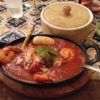
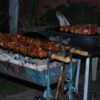
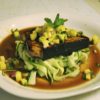
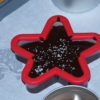

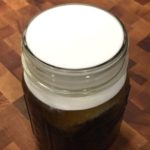

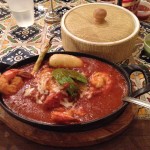
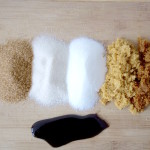
Leave a Reply